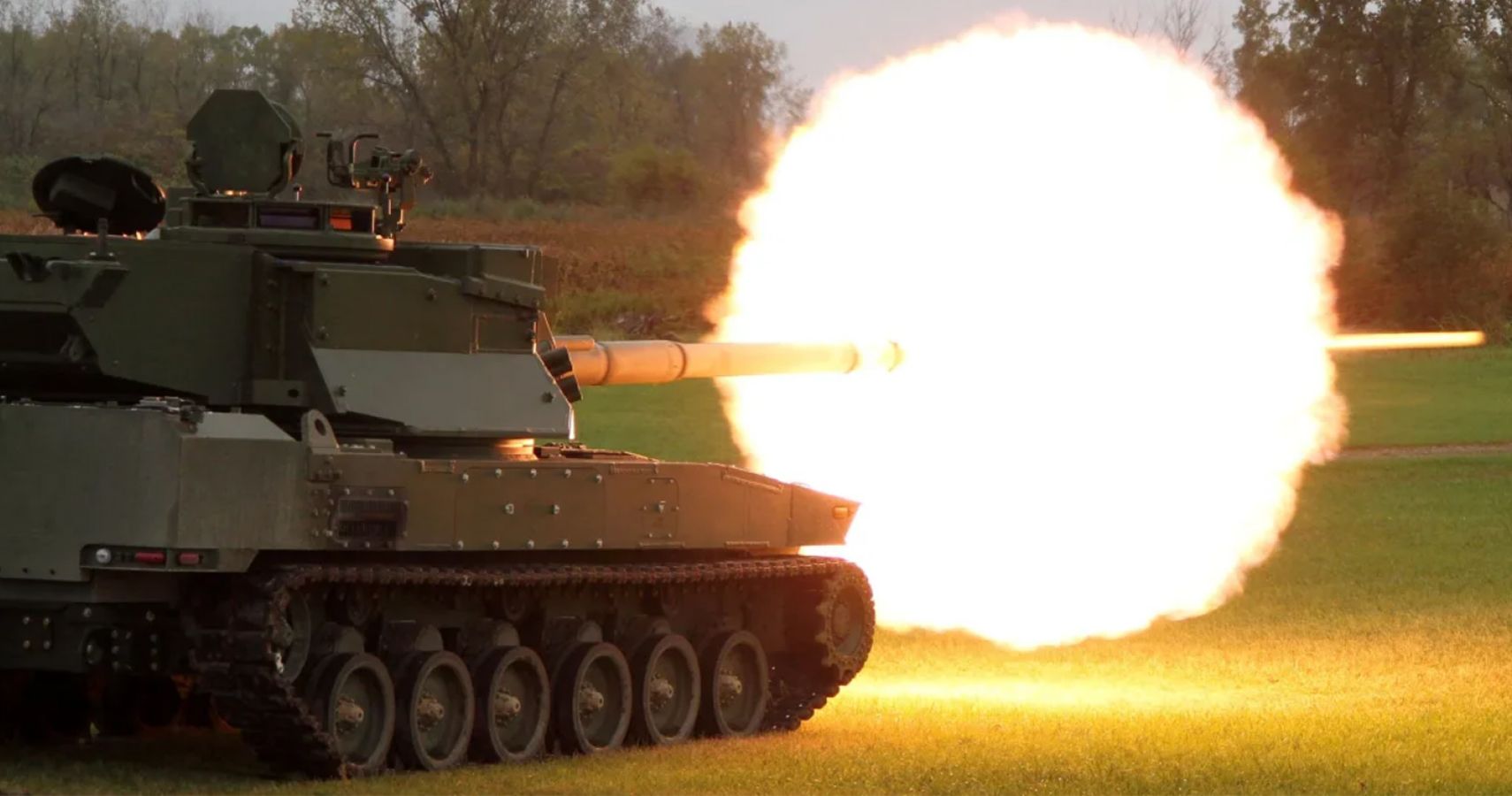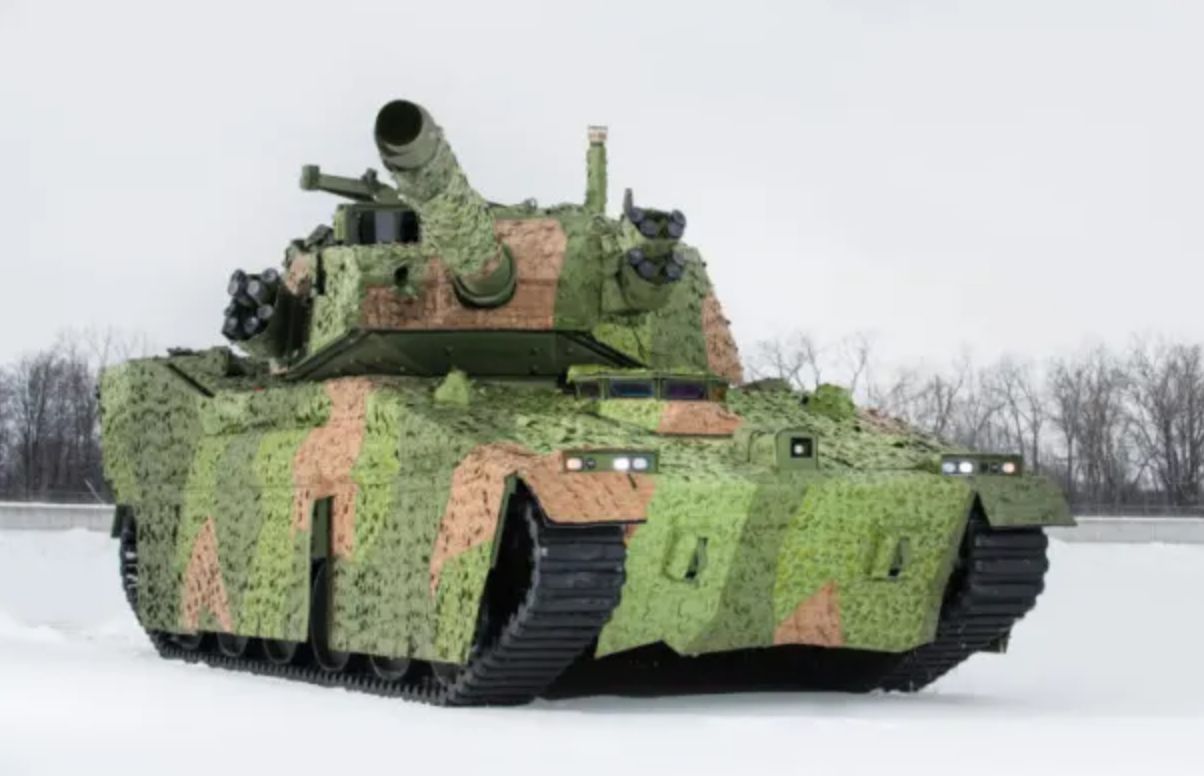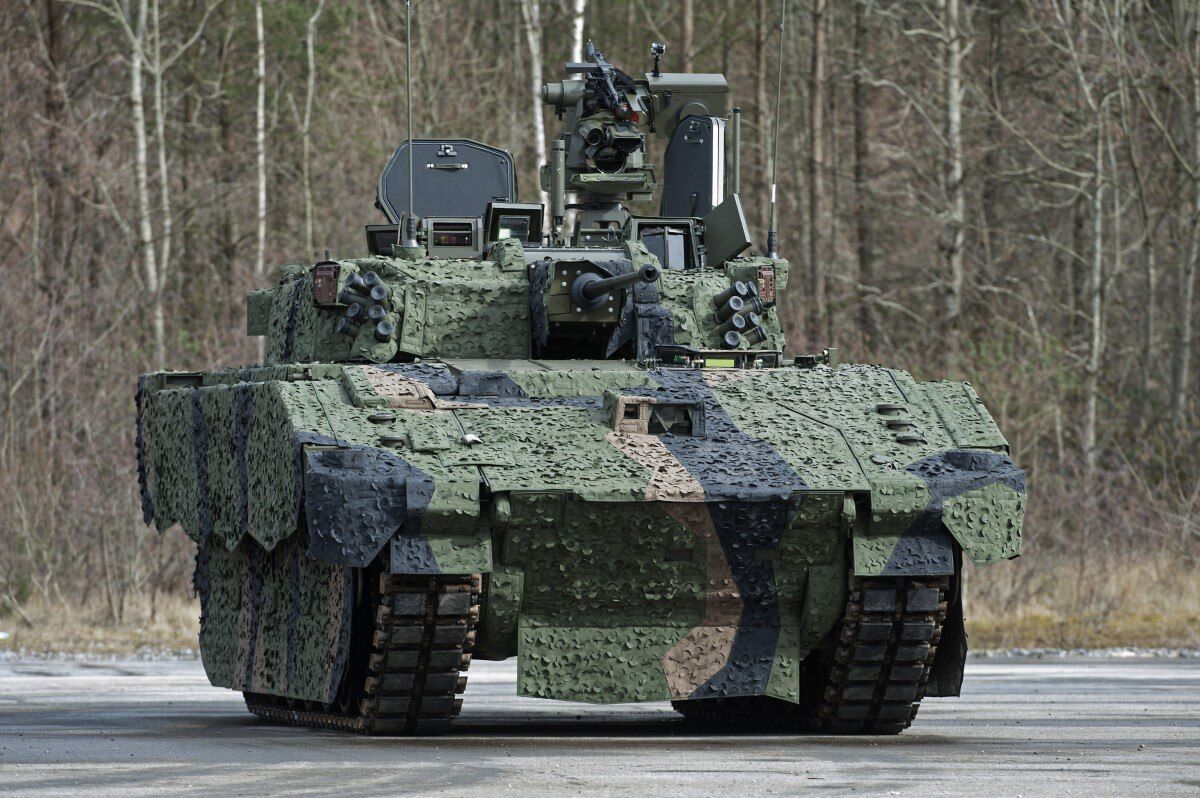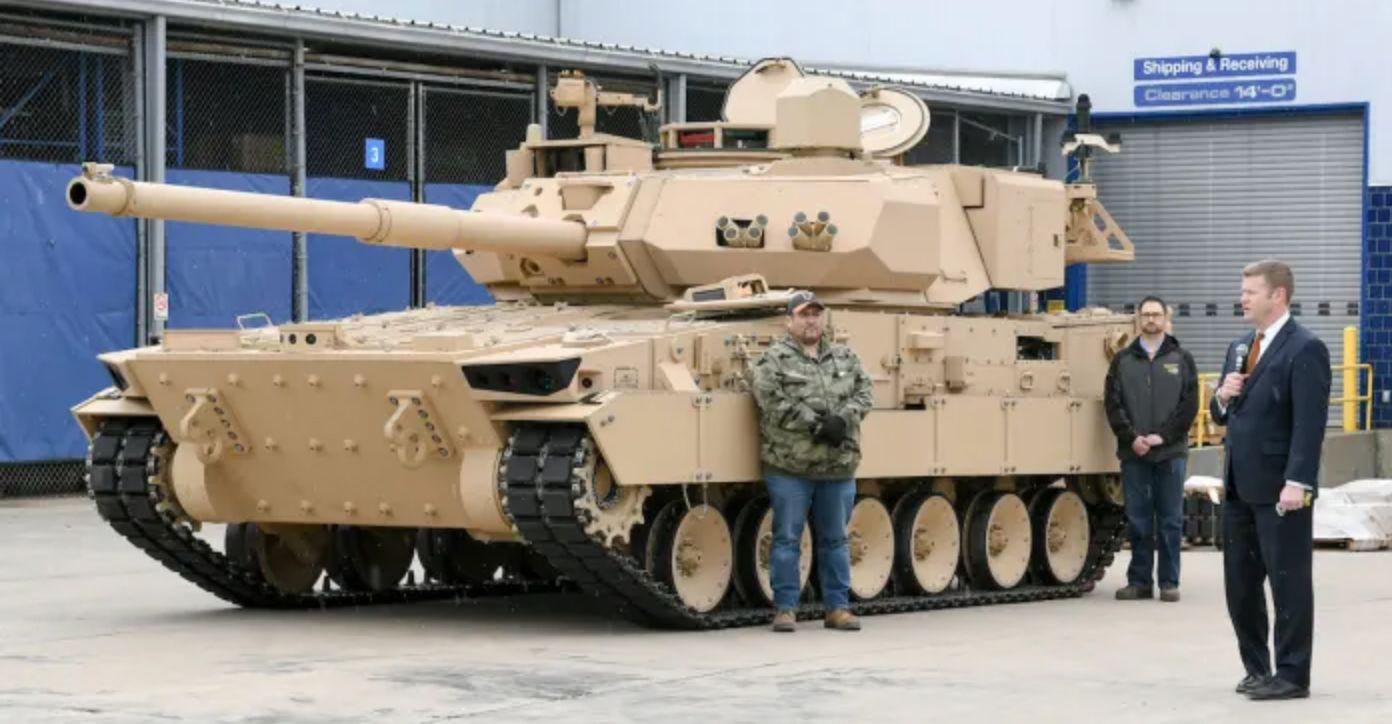The U.S. Army has some of the world's most powerful tanks, in particular, the gargantuan M1 Abrams, which has proven its might since its combat debut in the first Gulf War. But tipping the scales at nearly 70 tons, the M1 is simply too heavy to adapt to changing battlefield tactics, which is why the Army is looking for something lighter. Here's a look at why the Army's opting for lighter assault vehicles as well as what they're currently looking at.
Why The Army Wants To Go Lighter
Simply put, heavy tanks that can deliver a barrage of ballistics are expensive, use a lot of fuel and are tougher to transport. And with the Army opting against the more scorched-earth insurgency missions of the past in favor of more land-based strategies, that means more assault vehicles will be needed to support infantry on the front lines.
That includes providing cover for soldiers, eliminating enemy attack positions and bunkers, and neutralizing opposition tanks and other artillery. Granted, the M1 proved it was more than up to those tasks, but with the Army thinking tank-lite, that means they can produce more vehicles, use a lot less fuel and get them to battle areas faster.
What They're Looking At
So far, the Army's been most impressed with what Detroit-based manufacturer General Dynamics Land Systems revealed late in April. GDLS showcased a light tank dubbed MPF after the Army's Mobile Protected Firepower initiative. It's roughly half as heavy as the M1 and sports a chassis similar to the light-armored vehicles the company also produces.
The model also retains the turret design of the M1, uses a fire control system that's on the Abrams M1A2 Sep V3 upgrade, as well as a 105 mm cannon and 12.7 mm machine gun. Both weapons use an independent thermal viewer for "hunter-killer" tactics.
The GDLS reveal comes a year after British-based BAE Systems showed off an MPF geared towards more protection technology, such as the Iron Fist system, an automated Israeli-developed radar device designed to detect and track threats during combat.
They Also Have To Meet These Conditions
The latest GLDS and BAE proposals seem to be what's most interesting to the Army. But once further prototypes are developed, the tanks must meet a number of requirements. First, they have to be small and enough so that two of them can fit in the back of a C17 Globemaster III aircraft for easy transport. They also must be able to cross terrain that would be otherwise difficult for bulkier tanks to hit hard-to-reach areas. And their weaponry must be accurate enough to hit enemy battlefield targets to breach those defence systems. That means these new tanks will need to provide a lot more heft in a much smaller and lighter package.
Sources: Army Times, Business Insider, Defence Blog, National Interest, Task and Purpose




